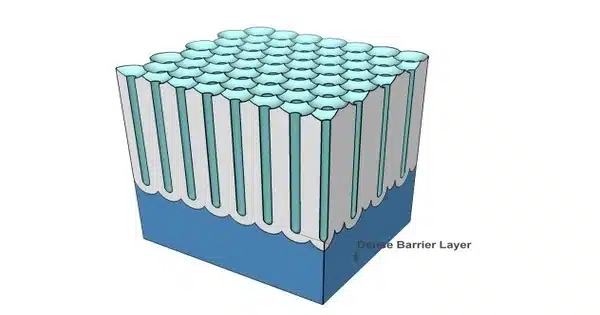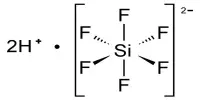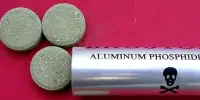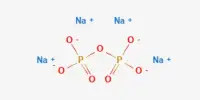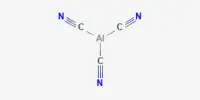Anodic aluminum oxide (AAO) is a thin film of aluminum oxide that is produced by an electrochemical process called anodization. During anodization, a layer of aluminum oxide is grown on the surface of an aluminum substrate by passing a current through an electrolyte solution, with the aluminum acting as the anode.
It is also known as anodic alumina, is a self-organized form of aluminum oxide with a honeycomb-like structure formed by high-density arrays of uniform and parallel pores. The pores’ diameters can range from 5 nanometers to several hundred nanometers, and their lengths can range from a few tens of nanometers to a few hundred micrometers. Porous AAO is formed by electrochemical oxidation (anodization) of aluminum in acid electrolytes under conditions that balance growth, and AAO films of limited thickness are formed.
AAO is characterized by its highly ordered, self-assembled nanoporous structure, with pore sizes ranging from a few nanometers to several hundred nanometers. The pore size and spacing are controlled by the anodization conditions, such as the applied voltage, current density, and electrolyte composition.
Properties
Anodic aluminum oxide (AAO) is a unique material that is created through a process called anodization, in which a layer of oxide is grown on the surface of aluminum by subjecting it to an electric field. The resulting AAO structure has many interesting properties that make it useful in a variety of applications. Some of the key properties of AAO include:
- Porous structure: AAO has a highly ordered array of nanoscale pores that are arranged in a hexagonal pattern. The pore size, shape, and density can be controlled by adjusting the anodization parameters, such as the voltage, current, and electrolyte composition.
- High surface area: Due to its porous structure, AAO has an extremely high surface area-to-volume ratio. This property makes it useful as catalyst support, as well as for applications such as sensors and energy storage devices.
- Optical properties: AAO exhibits interesting optical properties due to its nanoporous structure. Depending on the pore size and spacing, AAO can selectively absorb or reflect different wavelengths of light, making it useful for applications such as optical filters and sensors.
- Mechanical properties: AAO is a relatively hard and durable material, with Young’s modulus of around 70 GPa. It also has good thermal stability and can withstand high temperatures without significant degradation.
- Biocompatibility: AAO is biocompatible and can be used in biomedical applications such as drug delivery and tissue engineering.
Application
AAO has numerous applications, such as in nanotechnology, photonics, and sensing. It can be used as a template for the synthesis of nanowires, nanotubes, and other nanostructures, and its porous structure can be utilized for gas and liquid filtration, separation, and sensing. AAO is also used in the fabrication of microelectromechanical systems (MEMS) and in the production of photonic crystals for optical devices.
Anodizing aluminum has been widely used for corrosion protection and decorative purposes since the early twentieth century. The porous nature of anodic alumina films was discovered in the 1930s and developed further between the 1950s and 1970s. A patent attributed to Alan W. Smith of the Boeing Company in 1974 describes processes for producing anodic aluminum oxide membranes using chromic acid, sulfuric acid, oxalic acid, or phosphoric acid.
